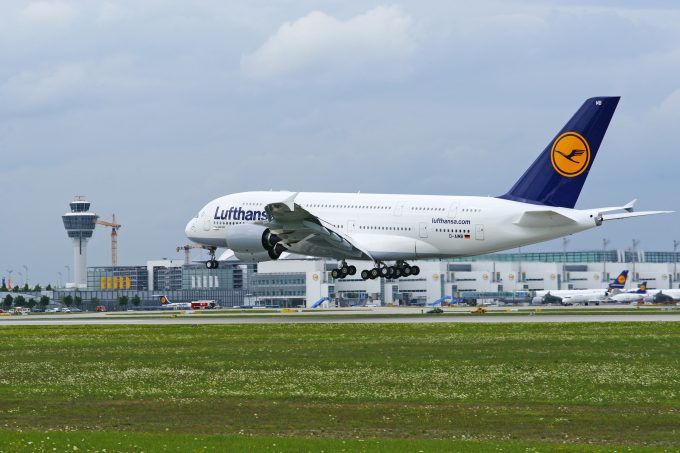'Greener' flying moves up the agenda of forwarders sourcing air cargo services
Large forwarders choosing where to award their airfreight contracts will not consider “dirty” airlines, as ...

Carriers operating a mix of air cargo and passenger services into Mexico City want more support to stave off supply chain collapse as a freighter ban draws closer.
In December full-freighter services from Benito Juarez Airport (MEX) had to move to Felipe Angeles (AIFA) within 107 business days, but as these efforts continue, questions are mounting over the capabilities of AIFA and the wider logistics network to facilitate this.
Tiaca director general Glyn Hughes told The Loadstar: “We understand AIFA’s warehouse facilities ...
Maersk u-turn as port congestion increases across Northern Europe
Apple logistics chief Gal Dayan quits to join forwarding group
Maersk Air Cargo sees volumes fall as it aims for 'margin in favour of revenue'
Airlines slash freighter capacity post-de minimis, but 'the worst is yet to come'
Houthis tell Trump they will end attacks on Red Sea shipping
Transpac rates hold firm as capacity is diverted to Asia-Europe lanes
MSC revamps east-west network as alliance strategies on blanking vary
India-Pakistan 'tit-for-tat' cargo ban sparks sudden supply chain shocks


Comment on this article